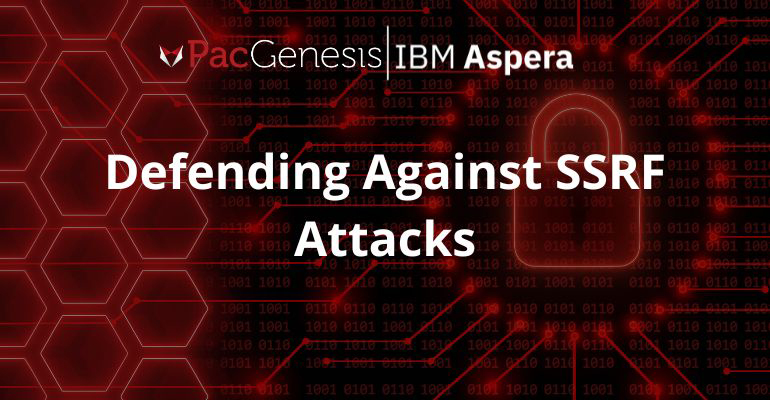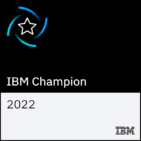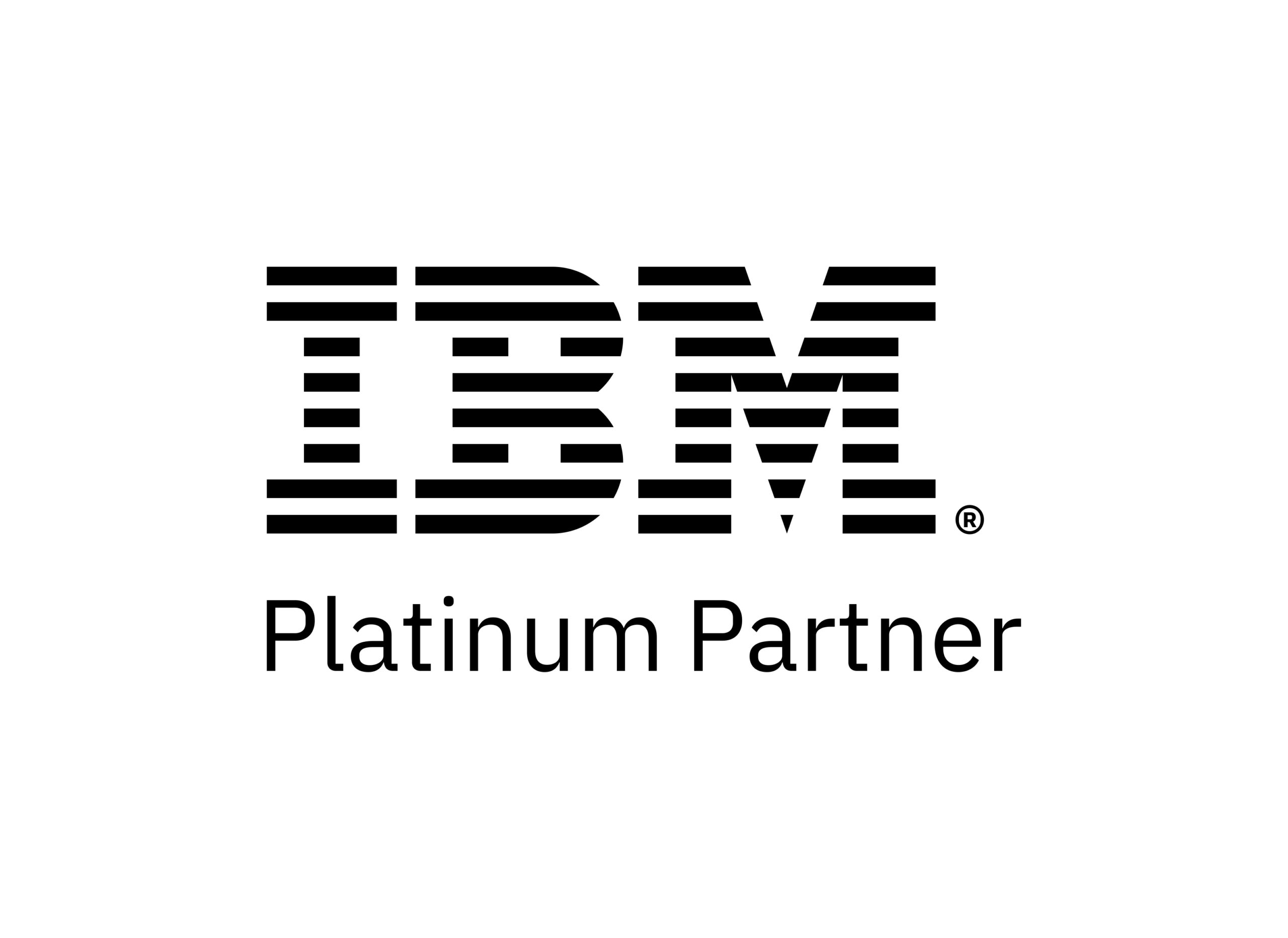Defending Against SSRF Attacks

Defending Against SSRF Attacks
Protecting your organization’s web applications from security threats is essential in today’s digital-leading world. Server-Side Request Forgery (SSRF) attacks occur when an attacker manipulates a web application to make unauthorized requests to internal resources and exploits the application’s ability to interact with other systems. The attacker tricks the application into sending requests to unintended destinations, which can have severe consequences. The risks of SSRF attacks include:
- Data Exposure
- Unauthorized Access
- Service Disruption
- Network Scanning
Sections
Different Types of SSRF Attacks
SSRF attacks come in various forms, and understanding the different types of attacks is crucial for building effective defenses against this threat.
Basic SSRF
This involves manipulating the application to initiate HTTP requests to unintended destinations. Attackers aim to extract sensitive data or execute unauthorized actions. For instance, an attacker could trick the application into fetching internal database information or external API responses.
Blind SSRF
In this stealthy variation, attackers don’t receive direct responses to their requests. Instead, they analyze subtle application behavior changes or timing discrepancies to infer success. Blind SSRF can be challenging to detect, making prevention and mitigation complex.
Parameter-Based SSRF
Attackers exploit URL parameters, headers, or other inputs to carry out SSRF attacks. By skillfully crafting malicious input, they coerce the application into making unauthorized requests. This can lead to data exposure, unauthorized access, or even cache manipulation.
Defense Mechanisms Against SSRF Attacks
Protecting your organization against SSRF attacks requires different best practices, tools, and techniques. Effective input validation and whitelisting are crucial in preventing SSRF attacks. Some of these strategies include:
- Validate User Input: Thoroughly validate any user-provided URLs to ensure they adhere to expected formats and protocols.
- Whitelist Approved Domains: Maintain a whitelist of approved external domains and IPs that your application can access, restricting access to known safe resources.
- Use URL Parsers Safely: Employ secure URL parsing libraries to avoid potential parsing vulnerabilities that attackers might exploit.
Defending against SSRF attacks at the network level also adds an extra layer of protection.
- Restrict Outgoing Connections: Configure firewalls to restrict outgoing connections from your application server to internal networks or sensitive resources.
- Network Segmentation: Isolate internal resources and servers from external access, reducing the potential attack surface.
- Web Application Firewalls (WAFs): Utilize WAFs to detect and block malicious requests, including SSRF attempts, based on predefined rules and patterns.
Secure server and application configuration helps mitigate SSRF risks:
- Isolate Sensitive Resources: Keep internal resources and APIs on separate servers with limited access permissions, reducing the impact of any potential breach.
- Use Loopback Addresses: Configure applications to use loopback addresses (e.g., 127.0.0.1) for internal requests, preventing external access.
- Security-Oriented Settings: Configure server settings to disallow external requests to internal resources and services.
- Implement Content Security Policy (CSP): Employ CSP headers to restrict the origins from which your application can load resources, including scripts and images.
- Limit Redirects and Forwards: Prevent untrusted user inputs from causing unexpected redirects or forwards that could be leveraged in SSRF attacks.
Combining these defense mechanisms, you can significantly enhance your application’s resilience against SSRF attacks. A multi-layered approach is essential to ensure comprehensive protection.
Enhancing Protection Against SSRF Attacks with Cybersecurity Software
As the threat landscape continues to evolve, cybersecurity software plays a critical role in safeguarding digital assets and user data. When it comes to SSRF attacks, advanced security solutions can offer significant protection with web application firewalls, runtime application security protection, vulnerability scanning tools, content security policy enforcement, and more.
At PacGenesis, we have over a decade of experience in cybersecurity and implementing solutions that fit an organization’s needs. We partner with some of the leading providers of cybersecurity software to help protect your user and customer data from attackers and hackers against SSRF and other types of cyber hacking. Contact us to learn more about how we can help establish the appropriate defense mechanisms to protect against SSRF.



